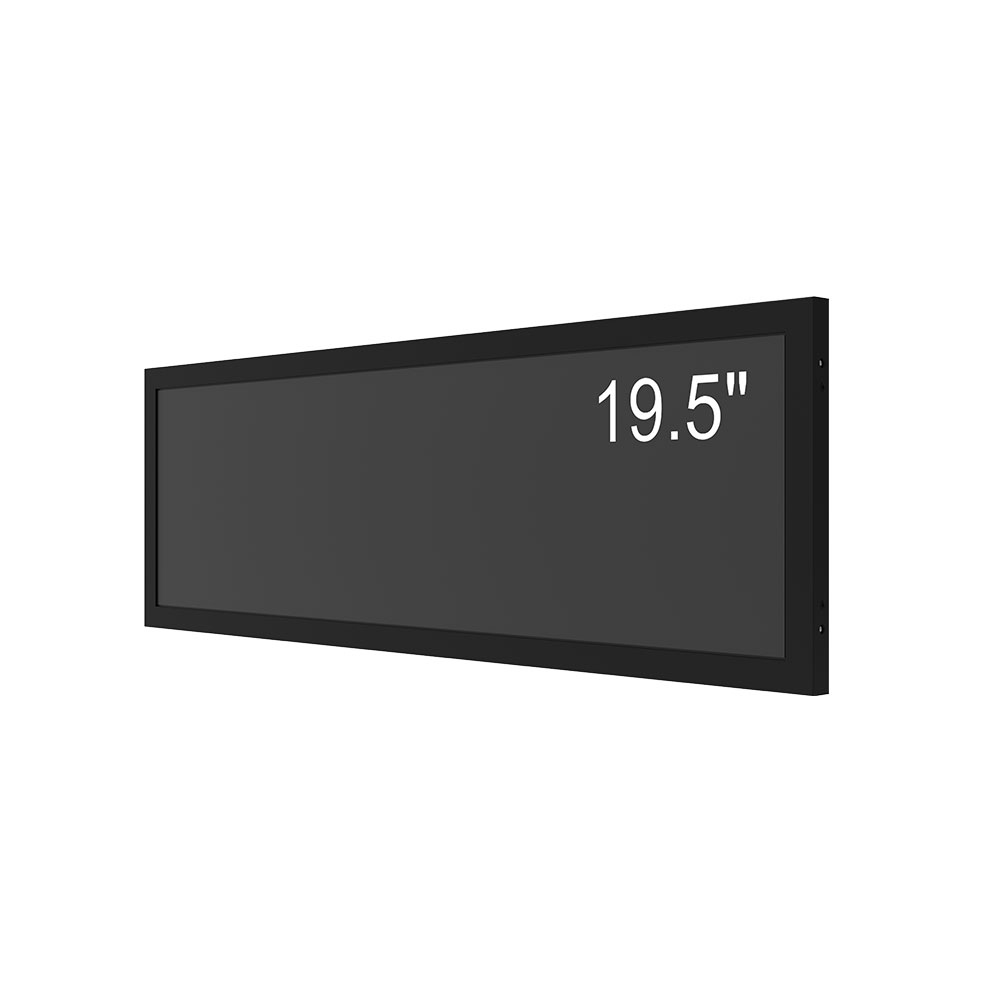When selecting an outdoor LCD screen for commercial, industrial, or public use, engineers and procurement managers must prioritize both visibility under varying lighting conditions and long-term durability against environmental stressors. According to the International Electrotechnical Commission (IEC) standard IEC 60068-2-1, outdoor displays must withstand temperature extremes from -30°C to +60°C without performance degradation—a benchmark that high-quality manufacturers like LG Display and Samsung Electronics meet through advanced thermal management systems.
Brightness is arguably the most critical factor for outdoor visibility. Industry best practices recommend a minimum brightness of 5,000 nits for direct sunlight exposure, as confirmed by studies published in the Journal of Display Technology (IEEE, 2021). Some premium models exceed 7,000 nits using local dimming technology and anti-reflective coatings—ensuring clarity even at noon sun. For instance, a case study from a Tokyo subway station showed that upgrading from 3,000-nit to 6,500-nit displays reduced content misreadings by over 90% during peak daylight hours.
Durability is equally vital. The Ingress Protection (IP) rating system, defined by IEC 60529, should guide selection—IP65 for dust resistance and water spray protection is the baseline for most outdoor applications. However, for coastal or high-humidity environments, IP68-rated enclosures with sealed aluminum frames are recommended, as seen in installations at Miami Beach’s digital billboards. Additionally, corrosion-resistant materials such as powder-coated steel or marine-grade aluminum prevent degradation from salt air and UV exposure.
Power efficiency and heat dissipation also matter. High-brightness panels generate more heat, so passive cooling via heatsinks or active cooling with fans (in fanless designs) must be engineered into the chassis. A report from the U.S. Department of Energy (DOE) found that properly designed outdoor displays consume up to 30% less energy than poorly optimized alternatives, reducing operational costs and carbon footprint.

Finally, consider maintenance accessibility. Modular designs with tool-free panel replacement reduce downtime—a key metric for businesses relying on real-time data updates. Leading vendors now offer remote diagnostics via built-in IoT connectivity, enabling predictive maintenance and minimizing unexpected failures.
In summary, choosing the right outdoor LCD screen requires balancing brightness, environmental resilience, power efficiency, and ease of service—each parameter backed by industry standards, field-tested performance, and verified engineering principles.








